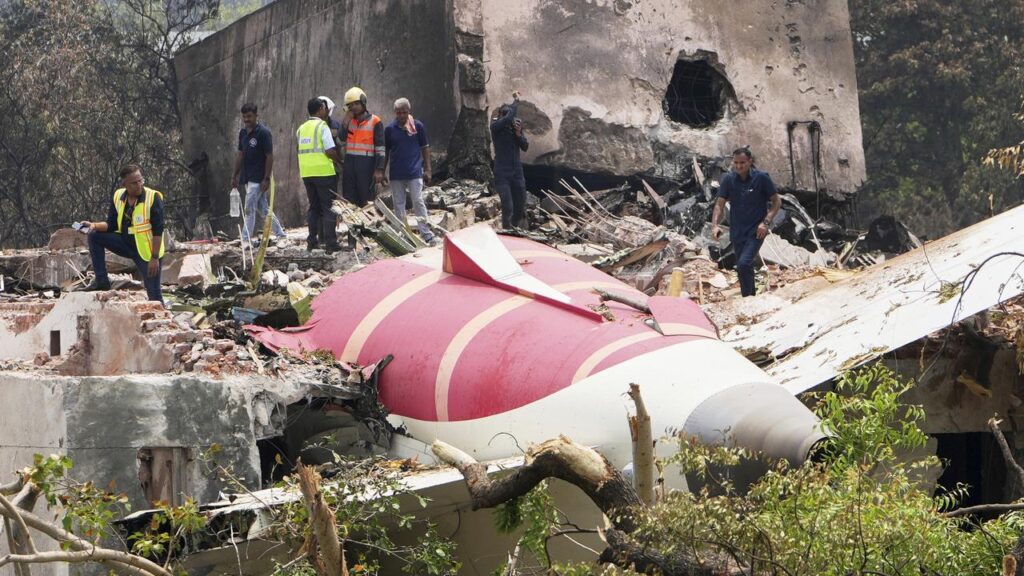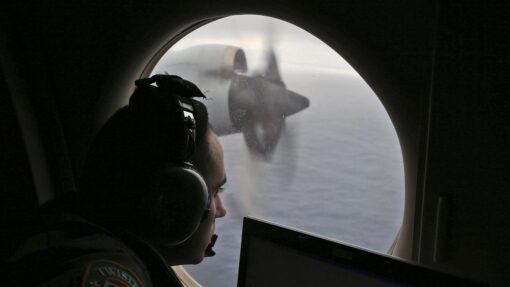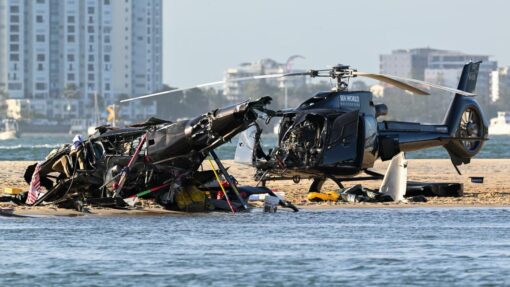Air India crash probe focuses on plane’s captain
|

A cockpit recording of dialogue between the two pilots of the Air India flight that crashed in June indicates the captain cut the flow of fuel to the plane’s engines, the Wall Street Journal reports.
The newspaper cited people familiar with US officials’ early assessment of evidence uncovered in the investigation into the June 12 crash in Ahmedabad, India, that killed 260 people.
The first officer, who was flying the Boeing 787 Dreamliner, asked the more experienced captain why he moved the fuel switches to the “cut-off” position seconds after lifting off the runway, the report said.

The two pilots involved were Captain Sumeet Sabharwal and First Officer Clive Kunder, who had total flying experience of 15,638 hours and 3403 hours, respectively.
India’s civil aviation agencies, Air India and two Indian pilot unions did not immediately respond to requests for comment.
Boeing declined to comment. A preliminary report released by the Aircraft Accident Investigation Bureau (AAIB) on Saturday said the fuel switches had switched from run to cut-off a second apart just after take-off, but it did not say how they were flipped.
Almost immediately after the plane lifted off the ground, closed-circuit TV footage showed a back-up energy source called a ram air turbine had deployed, indicating a loss of power from the engines.
One pilot was then heard on the cockpit voice recorder asking the other why he cut off the fuel.
“The other pilot responded that he did not do so,” the report said.
Without fuel flowing to the engines, the London-bound plane began to lose thrust, and after reaching a height of about 200 metres, the plane began to sink.
The fuel switches for both engines were turned back to run, and the plane automatically tried restarting the engines, the report said.

But the plane was too low and too slow to be able to recover, aviation safety expert John Nance told Reuters.
The plane clipped some trees and a chimney before crashing in a fireball into a building on a nearby medical college campus, the report said, killing 19 people on the ground and 241 of the 242 on board the 787.
In an internal memo on Monday, Air India CEO Campbell Wilson said the preliminary report found no mechanical or maintenance faults and all required maintenance had been carried out.
The circumstantial evidence increasingly indicated that a crew member flipped the engine fuel switches, Nance said, given there was “no other rational explanation” that was consistent with the information released to date.
Nonetheless, investigators “still have to dig into all the factors” and rule out other possible contributing factors, which would take time, he said.
Most air crashes are caused by multiple factors, and under international rules, a final report is expected within a year of an accident.
The Air India crash has rekindled debate over adding flight deck cameras, known as cockpit image recorders, on airliners.
Nance said investigators likely would have benefited greatly from having video footage of the cockpit during the Air India flight.
Reuters


